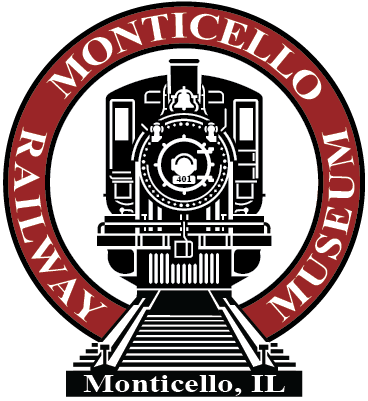CB&Q 14042 Restoration

The caboose was staged in the recently constructed wooden car shop in the museum's Camp Creek shop complex. Volunteers will remove rotted wood throughout and perform the complex process of installing new lumber piece by piece to bring this over 100-year old caboose back to life.

The cupola has been removed and will be rebuilt.

To reconstruct the end sills, steel framework was first installed, after which the custom cut timber end sills would be installed.

The end sills are seen here in our machine shop being cut and bored to the correct dimensions,

The end sill is test fit onto the steel frame. Once volunteers confirm all dimensions and holes are correct, it will be removed to be treated and painted before final installation.

The freshly constructed and painted end sill is bolted onto the caboose.

Now that the end sill is in its final location, the hardware around it is connected and mounted. This includes grab irons, handrails, and the caboose's hand brake.

The wood construction of the over 100-year old caboose used lap joints throughout. This photo shows an old lap joint on the east side of the caboose.

This photo shows a lap joint after the rotted timber was removed and replaced by volunteers.

The old adage of measure twice and cut once was used throughout this project! Volunteers confer while laying out the cut from the bottom of the fitted piece. The CAD file that volunteers created during the disassembly process was used to guide the reconstruction phase.

Volunteers started on the exterior restoration on the west side of the caboose. Rotted wood was carefully measured before being removed, and new dimensional lumber was carefully cut and installed.

A volunteer boring and truing another hole in the newly installed side sill. Each large piece of dimensional lumber is test fit before being removed and coated in linseed oil before final installation. The linseed oil acts as a preservative ensuring the caboose will last for another hundred years!

The new west side side sill is in place and bolted up. Work begins now on wall support and new replacement pieces in the top chord. Next will be window refurbishment and diagonal bracing and finally new vertical siding.

This photo of some of the existing structure shows the existing lumber that must be carefully measured and repaired or replaced. This piece is a 3" x 16” x 16 ft long beam that supports the cupola.

Many hands are needed to lift and install a major roof frame piece. Volunteers must ensure it is square with the wall and roof section so that future connections will align.

Volunteers install additional support to the original roof rafters in the passenger area. Each of these supports is custom cut and fitted.

Volunteers also removed the caboose's floor and portions of the subfloor due to rot.

Portions of the sub floor that have been reconstructed can be seen here. The sub floor is now ready for reinstallation of the floor once the remainder of the wood replacement on the car is complete.

The first piece of 1”x8” pine sheathing is cut and installed. These pieces will form the exterior sheeting of the caboose and are installed at a 45 degree angle.

Sheathing installation continues.

The wood installation on the west side is now complete from this overhead view.

Similar to the west side, volunteers will remove old rotted wood before installing new support framing and sheathing to the east side.

Volunteers started with replacing larger structural pieces where required. Once those are installed providing the main frame, they follow with installing intermediate blocking and support timbers.

A new top chord is installed (it's the new piece of wood on the top right of the caboose). The next major piece will be the bottom left side sill piece to make the bottom supporting structure solid and then the diagonal sheathing to cover the structure.

A volunteer installs sheathing on the east side.

Sheathing installation is now mostly complete! Future steps will include roof repairs, cupola installation, additional wood installation, painting, window installation, and more!

























Our dedicated volunteers are continuing work on a multi-year restoration of Chicago Burlington & Quincy caboose #14042. This wooden caboose was built in 1891 and is unique in that it had extra seats and a baggage compartment, allowing it to function as a passenger car when needed. Volunteers meticulously disassembled much of the wood requiring replacement on the caboose, making measurements and creating a computer-aided design (CAD) file that would guide reassembly and reconstruction. This blog post will highlight some of the steps of this rebuild process.
